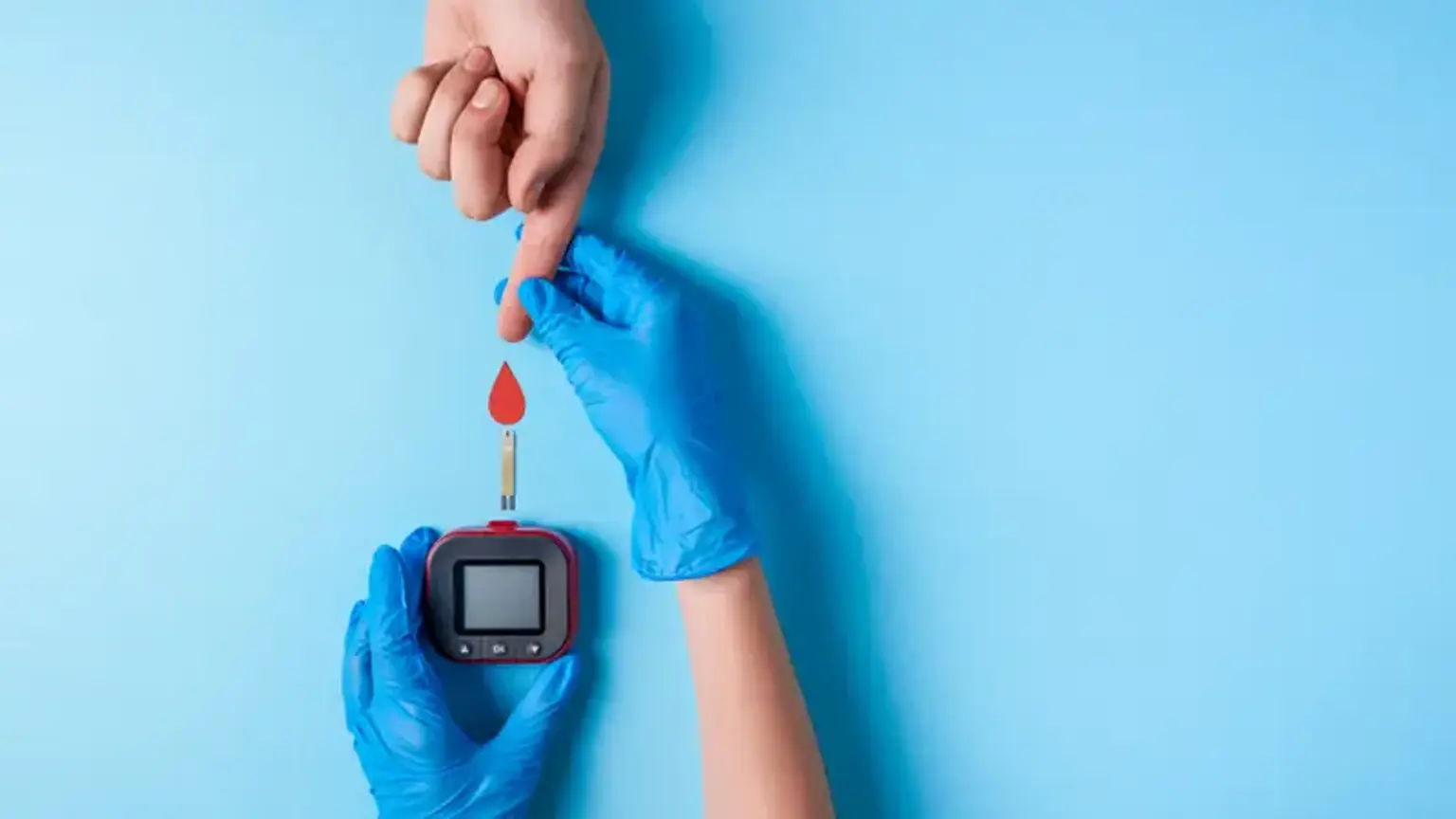Introduction
Diabetes Ketoacidosis (DKA) is a serious and potentially life-threatening complication of diabetes, primarily affecting those with type 1 diabetes. It occurs when the body begins to break down fat for energy instead of glucose due to insufficient insulin. This process leads to the production of ketones, which can build up in the bloodstream, causing the blood to become acidic (ketoacidosis). Early detection and treatment are crucial to preventing severe health problems or death.
Understanding the Symptoms of DKA
Recognizing the symptoms of DKA is vital for prompt treatment. Common signs include:
Excessive thirst and frequent urination
Nausea and vomiting
Fatigue and weakness
Fruity-smelling breath due to high ketone levels
Rapid breathing as the body attempts to compensate for acidosis
Confusion or difficulty concentrating
In children, DKA symptoms can progress more rapidly, requiring immediate intervention. DKA in pregnancy may present with more subtle symptoms, so expectant mothers with diabetes should monitor their health closely.
